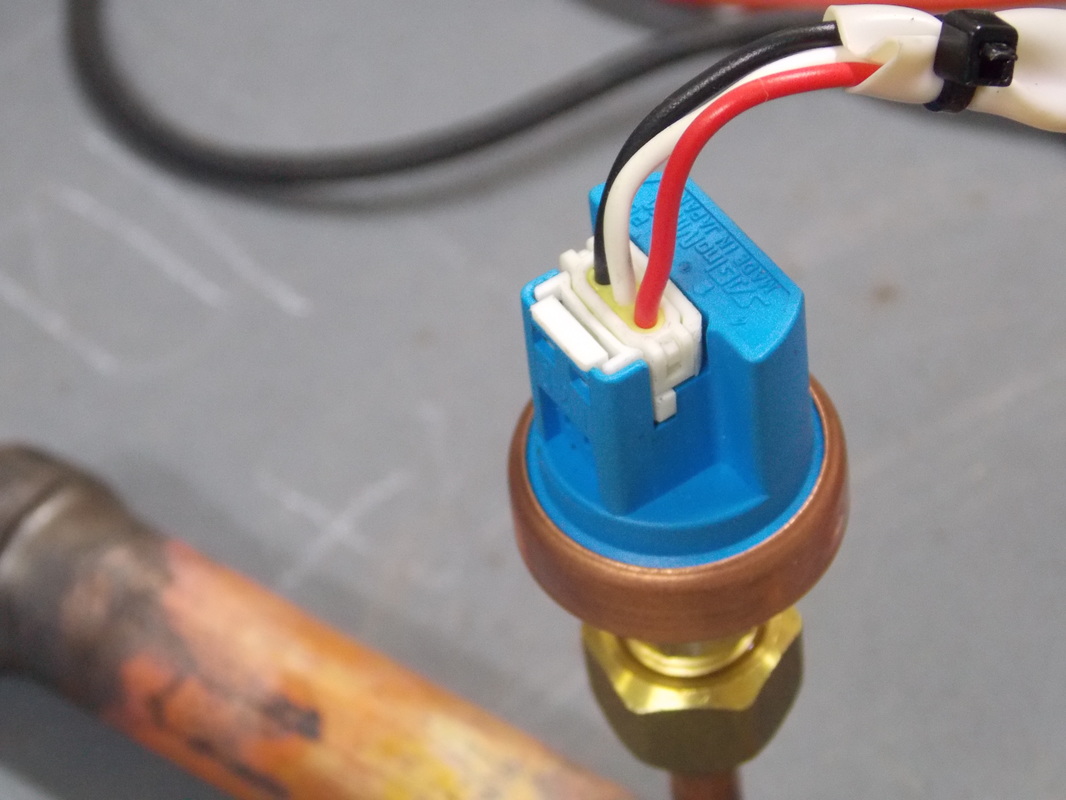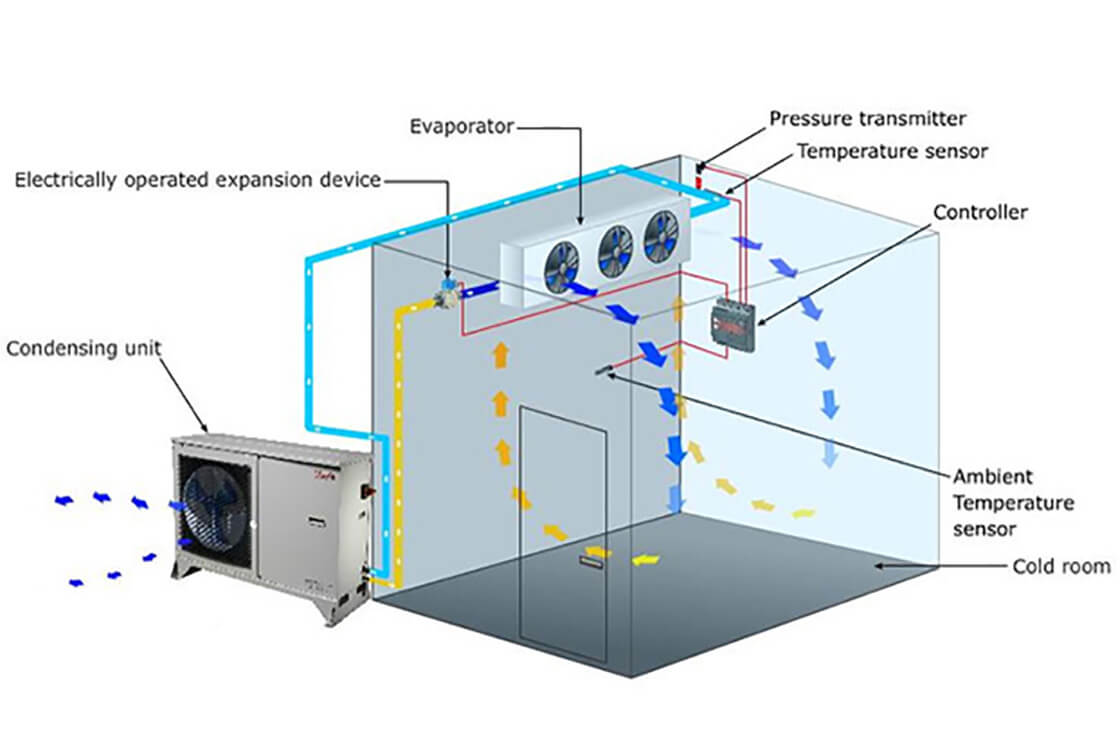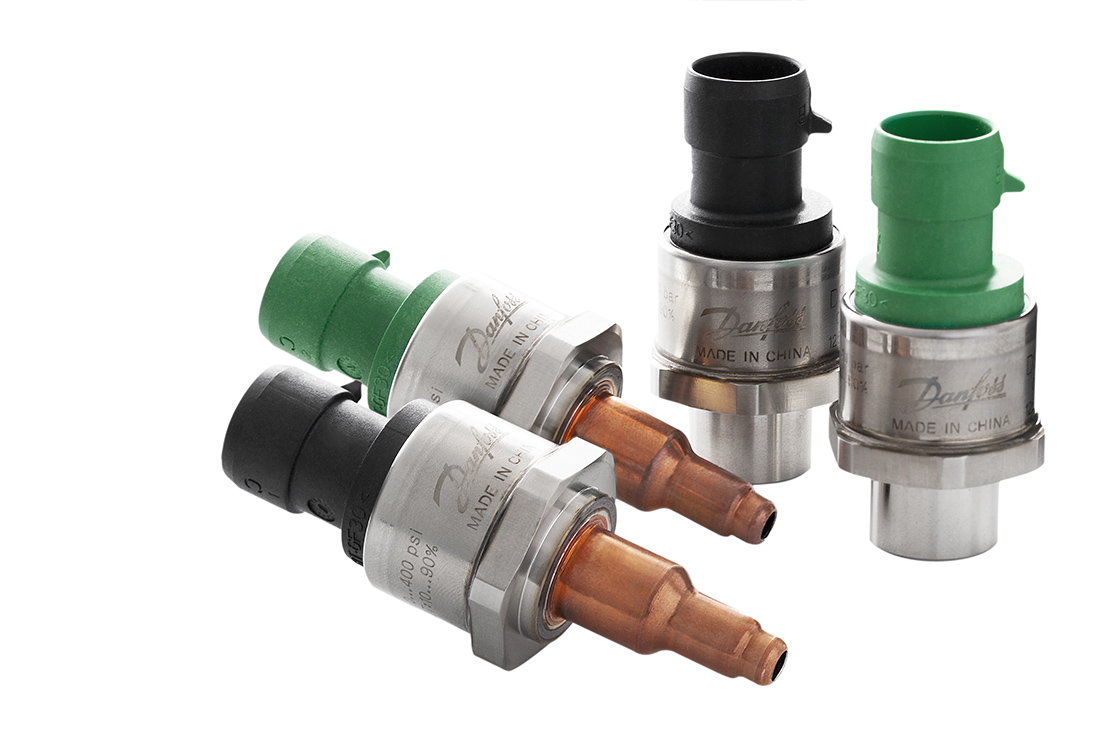How to Trouble Shoot an Air Conditioner Pressure Transmitter ?
3 Air Conditioner Pressure Transmitter Failure Symptoms and Their Solutions
Do you know your air conditioner can stop working without an air conditioner pressure transmitter? You might have not even considered a pressure transmitter an essential part of your AC before.
But air conditioner pressure transmitter is a critical part of the air conditioning unit. It holds a high place because it works to protect the unit from any serious damage.
You May Also Read: Using Pressure Transducer For Air Conditioning For Heat Minimization
In this article, we will talk about some common problems associated with an air conditioner pressure transmitter. Then we will discuss some tips that can potentially fix those issues. But first, if you are new to all the terms that we are using here, let us explain.

What is A Pressure Transmitter?
A pressure transmitter is a device that records pressure a system and transmits it over to the control panel. It helps the control panel control essential process variables.
A pressure transmitter encompasses a pressure sensor, a signal amplifier, and a transmitter. It works by converting the pressure readings into current or voltage signals before transmitting them to the controller.
The controller has a signal receiver and a decoder. The decoder deciphers the current or voltage signals into pressure terms and helps the human controller monitor the process.
What is an Air Conditioner Pressure Transmitter?
It is crucial that we first have a basic knowledge of how an air conditioner works. Then we can better understand the importance and working of an air conditioner pressure transmitter.
The Air Conditioning Cycle
Be it central air conditioners, split ACs or car ACs, all AC systems work on the basis of one cycle. This cycle is The Refrigeration Cycle.
In simple terms, a refrigeration cycle takes in hot air, absorbs its heat using a refrigerant and sends out cool air and dumps the absorbed heat outside.
To elaborate the cycle further, a refrigeration cycle of an air conditioning unit has four main components. These are evaporation coils, a compressor, condenser coils and an expansion valve. The air conditioning unit also has two fans that drive the air in and out of the system.
Chilled refrigerant is present inside the evaporation coils. The temperature of this refrigerant is well below your room temperature. Therefore, when hot air from your room passes over the evaporation coil, it loses its heat to it and is cooled. The fans recirculate the cool air into the room.
The refrigerant, after absorbing the heat vaporizes. The compressor then sucks this vaporized refrigerant and compresses to increase its pressure. As the pressure increases the temperature also increases. And when the refrigerant reaches the condenser coils, it is much hotter than the atmospheric temperature. Thus, it dumps its heat into the atmosphere.
After this removal of heat, the refrigerant passes through an expansion valve. The expansion valve reduces its pressure and temperature and cools the refrigerant. And the cycle starts all over again.
Now, where does an air conditioner pressure transmitter fit into all of this?
The Air Conditioner Pressure Transmitter
Air conditioner pressure transmitter does the critical job of regulating the refrigerant pressure so that it is not too high or too low. Both these extremes can severely damage your system.
Typically, all air conditioners have two pressure transmitters: a high-pressure transmitter and a low-pressure transmitter.
High-pressure transmitter finds its place in the high-pressure line. The high-pressure line is the compressor discharge line. The high-pressure switch monitors the pressure, and if it exceeds the setpoint, the transmitter signals the controller which switches off the compressor.
The low-pressure transmitter is positioned in the low-pressure line of the AC system. The low-pressure side is the compressor inlet line. This pressure transmitter detects when the pressure drops below the setpoint and tells the control to shut the compressor off to protect it from getting overworked and failing.
Thus, the two air conditioner pressure transmitters work in unison to protect the kernel of an AC unit aka the compressor.

Troubleshooting the Air Conditioner Pressure Transmitter
Problems arising in an air conditioner pressure transmitter manifest themselves in the form of a few symptoms. If you manage to detect these symptoms, you can pinpoint the fault in your pressure transmitter and alleviate the issue before it can cause any severe damage to the unit.
Symptom #1: AC is Frequently Turning On and Off
Why is this a problematic symptom? Aren’t ACs programmed to switch on and off according to the temperature? Yes, AC compressors do switch on when the temperature of the room drops below a certain setpoint. And turn off when the required temperature is achieved.
However, if you notice your AC switching off before attaining the setpoint temperature and then turning back on for no reason, there may be an issue with your pressure transmitter.
An easy way to detect unusual activity in compressor (or the AC) operation is to keep an ear out for the compressor noise.
The compressor is turning on and off more often than usual means that the pressure transmitter is not reading the refrigerant pressure correctly and signalling the controller to turn the compressor off before the setpoint.
To troubleshoot this problem, its best to recalibrate the pressure transmitter. You can recalibrate a pressure transmitter by taking it out of the system. And then checking its output signals using an ammeter or a voltmeter and then adjusting it accordingly.
However, if recalibration doesn’t help, you might have to invest in a new pressure transmitter to ensure that your unit keeps working correctly.
Symptom # 02: AC is On but Not providing Enough Cooling
It is time to inspect your unit’s pressure transmitters when you turn on the AC but feel that it is not cooling the room or area as well as it usually does.
Air conditioners not providing enough cooling may be an indication of a potential malfunctioning in the air conditioner pressure transmitter. It is possible that either they are failing or have failed and are a lost cause.
In any case, it’s best to take the pressure transmitters out and try to calibrate them. If on calibration, they provide correct output, then that’s great.
However, if they fail to provide a satisfactory output even after calibration, then its time to get a new pressure transmitter for your air conditioning unit.
Symptom # 03: AC not Turning On
If after switching the air conditioner on you feel that it is not sending out cool air and is only recirculating room-temperature fan air. It may be an indication of a faulty pressure transmitter.
The pressure transmitter may have failed. And since it is designed to protect the compressor, after it has failed, the controller will not switch on the compressor.
Now, you don’t have any other option than to replace the old pressure transmitter with a new, fully functional air conditioner pressure transmitter.
Some Tips for Troubleshooting an Air Conditioner Pressure Transmitter
- Please don’t dismantle your air conditioning system unless you are a trained AC technician.
- Never take an AC internal equipment out before draining the refrigerant properly.
- Make sure that the AC is plugged out if and when you start working on it.
- If you notice any of the symptoms mentioned above in your air conditioning system, contact a technician ASAP to avoid any severe damage to the more expensive parts.
- Always hire trained, experienced, and certified AC technicians for your unit’s maintenance.
- Even if you notice any other (not mentioned here) irregularities in your AC system, its best to get your system checked.
You May Also Read: Water Pressure Transmitter: How Effective It is Across Industries
Conclusion
If we had to explain the function of an air conditioner pressure transmitter using an analogy, we’d say it is a bodyguard for the system’s most essential component, the compressor.
The pressure transmitter often sacrifices its own life while working to save the compressor. Always call an expert in for inspecting your AC as soon as you start noticing symptoms like inefficient cooling, no cooling at all or fluctuating compressor. And ensure that you don’t let this little device’s sacrifice go in vain.
Visit Our Website For More Information on Pressure Transmitters.

















